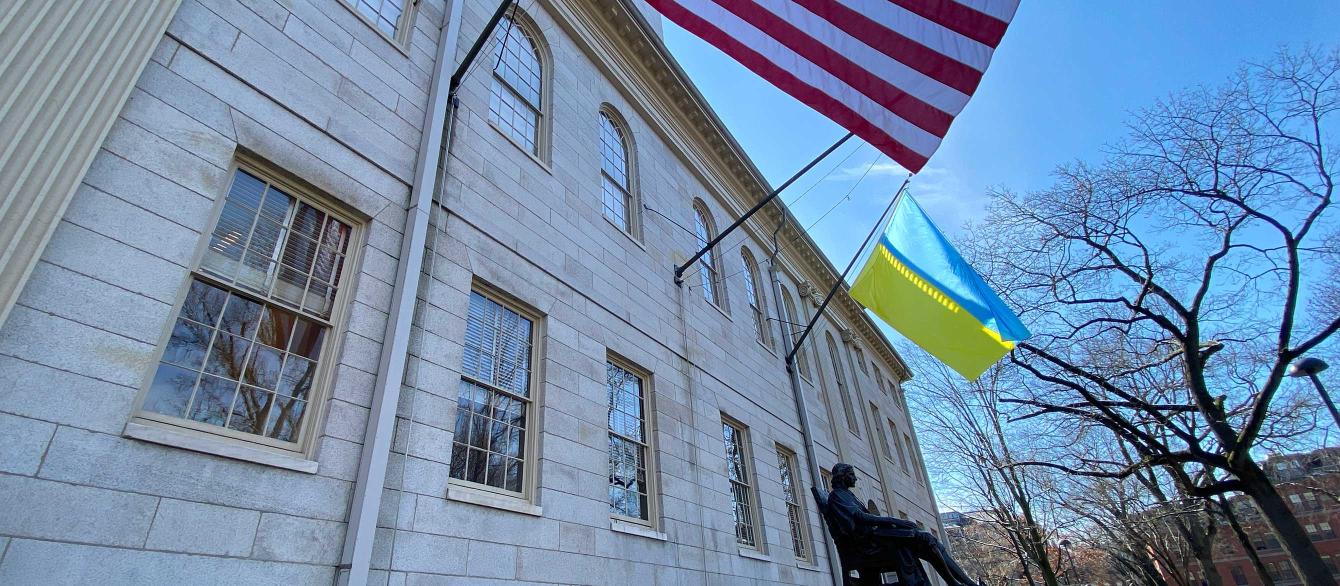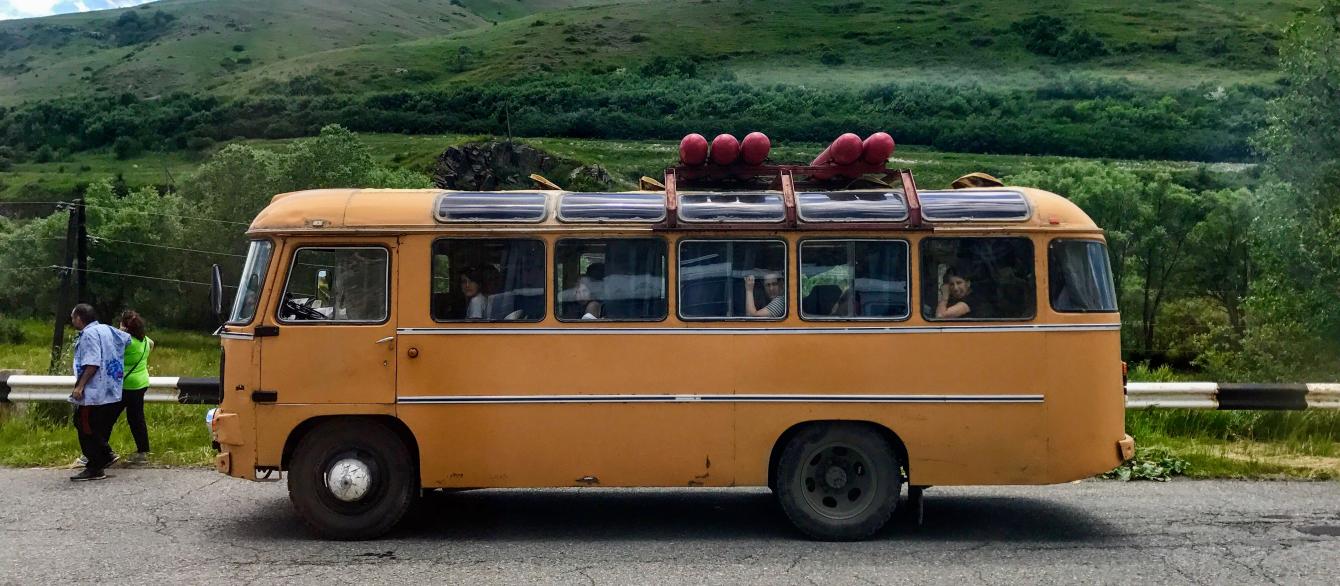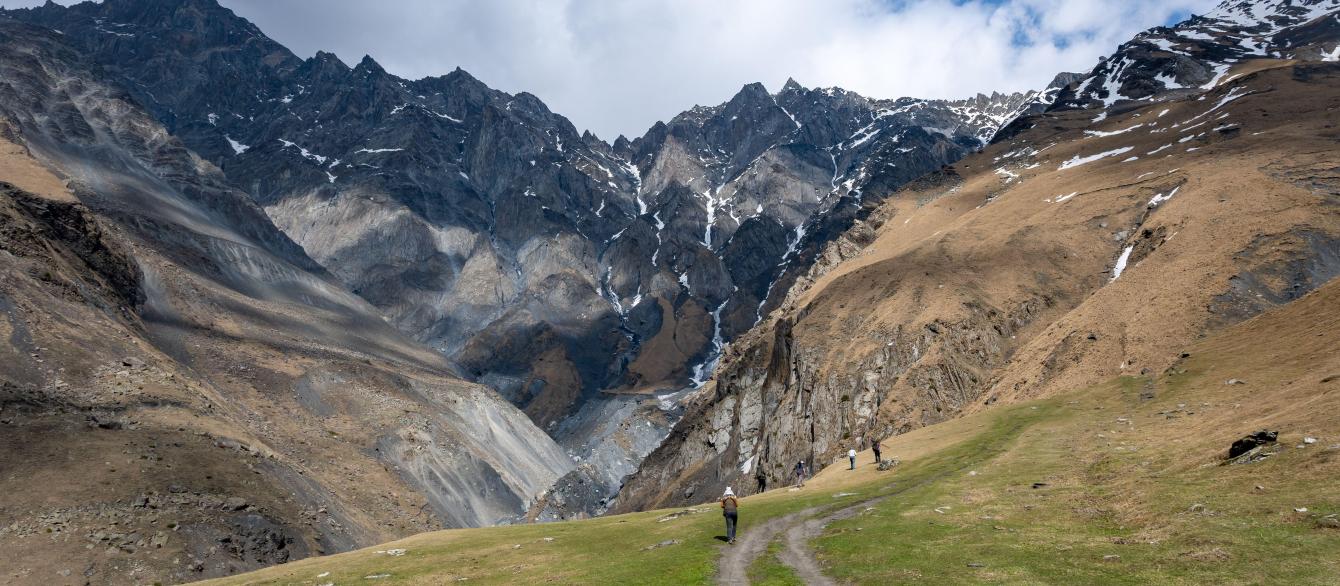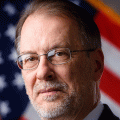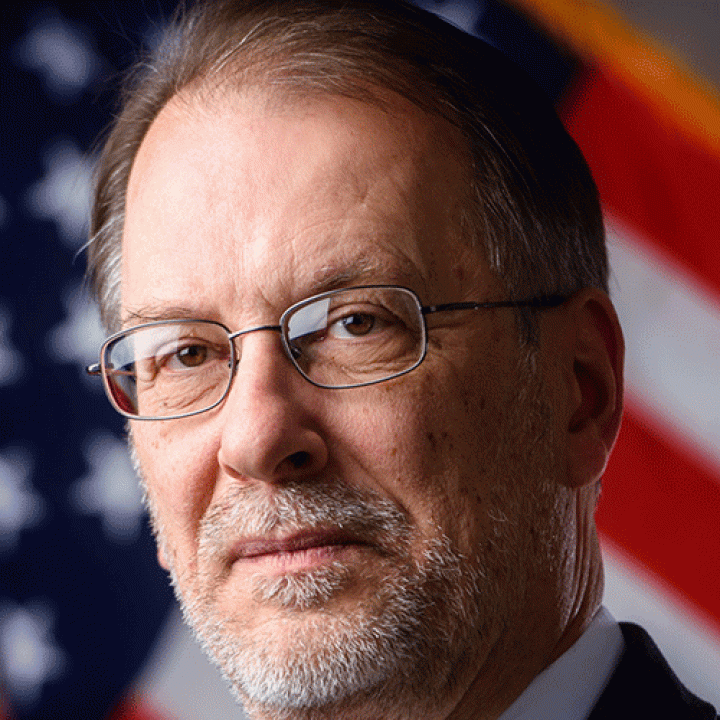This essay was originally published by Eurasianet.org as part of a series initiated and coordinated by Dr. Nagis Kassenova, director of our Program on Central Asia, in which retired U.S. diplomats share their experiences of working in the region during its early years of post-Soviet independence.
Early in my Foreign Service career, a supervisor at my first embassy posting informed me that domestic travel was a waste of time because “you can learn everything you need to know about a country by sitting in the capital and reading the newspapers.” The post was Moscow, the Soviet capital, the center of a closed society and police state. Newspapers in the capital were all state-controlled and heavily censored, spouting Communist Party propaganda. Worse, the embassy’s security office discouraged contact with Soviet citizens due to the counterintelligence threat.
That first tour of duty was quite formative for my career because it taught me, first, that sitting in the embassy and reading the newspapers gave you only basic background — enough information to allow you to ask intelligent questions when you met with host-country nationals. Asking dumb questions undermines your credibility, so knowing the basics was sine qua non.
But it is only a prelude to face-to-face information collection.
Second, with near-native fluency in Russian and a background in Russian studies, I learned that I could collect better information on what was going on in society and the economy, especially in the agricultural sector (my beat in the embassy), than an officer with only the Foreign Service Institute’s 44-week crash course in Russian under her or his belt.
Third, it taught me how to do primary data collection: crop observation to estimate wheat yields and monitoring food prices and relative food availability monthly in collective farm markets and state stores. I also grabbed conversations with whoever dared talk to me about market conditions (mainly experts at research institutes who eagerly accepted USDA publications in return for periodic sit-downs over tea and Krasny Oktyabr candy bars).
One might think that in the Internet Age these skillsets would have been superseded by the ability to collect vast amounts of data online. One would think wrong. In closed societies in which all media are controlled and censored by the government, in which dissent is not tolerated, online resources are inadequate. In many cases, normal online resources just do not exist.
On arrival in Turkmenistan in 2015 to take charge of the diplomatic mission, I asked two fundamental questions of the officers, local staff, and local contacts as I roamed the embassy to introduce myself: Who really runs the country (the politics), and what is gross domestic product (the economy) in reality?
These were not idle questions. In 2015, the U.S. government was still heavily engaged in Afghanistan, Turkmenistan’s southern neighbor, and preserving use of Turkmen airspace to evacuate wounded soldiers from that war zone was a major U.S. priority. The reliability and stability of the Turkmen government were sources of concern, particularly given threats from ISIS-K across the border, so we needed to be able to give Washington assurance that there was nothing to worry about.
Turkmenistan’s relations with Afghanistan, Iran (another neighbor), and its old colonial master Russia were also of keen interest. And then there was China, the buyer of nearly all of Turkmenistan’s natural gas exports and promoter of the Belt and Road Initiative, which aimed to pull Central Asia closer to Beijing’s orbit; how the Turkmen viewed China was of interest in Washington.
Nearly every person I sat down with gave me a different answer to the question of who ran the country. A sampling: The country is really run by a cabal of elders of the Ahal Teke tribe, and Gurbanguly Berdimuhamedov is president only by virtue of being the chief of that tribe; the country is really run by a troika of Russian Jewish holdovers from the Soviet era; the country is really run by President Berdimuhamedov, who rules with an iron fist; the country is really run by his five sisters, and he, as the little brother, obediently does as he is told; President Berdimuhamedov is a puppet of the Kremlin and follows Putin’s orders… The variants went on.
The economy was a particular conundrum. The national statistics office publishes annually a statistical handbook, but only in 500 copies, and it is neither posted online nor sold in bookstores. Statistics published in the state media were presented in the Soviet mode of percentages compared to the previous year — “GDP grew by 6.1 percent,” “production this year is 104 percent of last year’s.” No baseline figures were presented.
We began asking the Foreign Ministry for copies of the statistical annual and ultimately obtained them for a couple of years — we did not have a complete set, but at least we had something. Turkmenistan’s is a commodity-based economy, with exports of natural gas accounting for about 80 percent of export earnings. That was relatively easy to measure, since we knew who the customers were (China, and periodically Russia and Iran), and could divine export volumes and values from knowledge of the international gas market.
But how large was the domestic economy? The Turkmen claimed a GDP of well over $90 billion; officials also claimed that this figure had been confirmed by the International Monetary Fund (untrue; the IMF merely uses national data without verification). I found that figure unlikely given what I was observing on the ground.
We went to work collecting black-market exchange rates, prices of foodstuffs (just as I had in Moscow under the Soviets), and whatever data appeared in the press to get a sense of the size of the economy and the size of the population (a major question due to emigration in such volume that the government began pulling passengers off airplanes).
Prices of consumer durables did not matter, since they were virtually all imported and reflected world prices after applying a two-month lag to the black-market exchange rate. I drew on my crop observation skills to estimate wheat and cotton crops (which I pegged at about 40 percent to 50 percent of the published figures claimed by the Ministry of Agriculture).
A third question came up that grew out of my curiosity about the political hierarchy and size of the economy. Where was the president born, what is his hometown? In a village west of Ashgabat. Which village? Do not know. And when reference was made to events in cities, towns, and villages outside Ashgabat, the capital, where were they? Do not know. It is out in Lebap Province somewhere.
Turkmenistan from 1991 to 2015 introduced sweeping changes to toponyms — cities, towns, villages, even collective farms were renamed. Soviet, Russian, and Persian names were replaced with Turkmen names. Some changes were well known — Krasnovodsk became the city of Turkmenbashy, and Charjew became Turkmenabat. Others were more obscure. Just in Dashoguz Province, Leninsk became Akdepe, Kalinin became Boldumsaz, Telmansk (named by the Soviets in honor of the relatively obscure German communist Ernst Thälmann) became Gubadag.
Maps of Turkmenistan produced by the geodesic survey office (which I visited) were nearly useless, and detailed maps of Turkmenistan in the embassy’s possession dated to the early 1990s, before many name changes were recorded. In short, we were working in a country in which we did not know where things were.
My response was to harken back to the work of the Royal Geographic Society in the 19th century, when British explorers roamed Central Asia (some of them covertly, such as Alexander Burnes, who posed as a Persian-speaking Armenian horse trader). We had to get out and travel to collect the political, economic, and geographic data we lacked.
We discovered the president’s father’s birthplace by roaming nearby villages and discovering a bust erected in his honor that stands in front of the Palace of Culture. By roaming one of Ashgabat’s six bookstores, I found two biographical pamphlets about the president’s father and grandfather nobody else in the embassy had bothered to look for, which provided extensive biographic data on the president and his family. We learned from one pamphlet that President Berdimuhamedov is the eldest of his parents’ children and is definitely not his sisters’ “little brother” as rumored.
We dug into the pasts of the so-called “Jewish Trinity” that allegedly were the powers behind the throne, determining that their influence was highly overrated. In discussions with Turkmen intellectuals, we explored the questions of Turkmen tribal and family dynamics — who rules the roost in a family, and how do traditional family relationships influence governance? One could not learn any of this by sitting in the embassy and reading the newspapers.
Having cut my teeth as an agricultural officer, getting out into the countryside was a natural impulse. We discovered highways and routes that had previously appeared on no map. The motor pool noted that it saw more of Turkmenistan supporting my travels than ever before.
As part of those travels, we collected over 800,000 street-level, geolocated, digital images of Turkmenistan that could then be used for mapping. We collected changed names and uploaded them to an online public “geoname change” database so that if somebody referred to “Engels Street” we could cross reference it to the current “Azady Street” and know where to go. This became personally important to me when the street I lived on changed from “Andizhan” (a city in Uzbekistan) to “Jelaletdin Rumy” (a 13th-century Persian poet, jurist, and Islamic scholar) and we had to give people directions to our house for receptions.
I not only uploaded all geodata we collected to OpenStreetMap (which powers multiple smartphone navigation apps and can also be downloaded to GPS navigators), I gave master classes in how to edit that “map of the world that anybody can use” with the result that to this day local Turkmen continue to add data to the map.
By the time I departed Turkmenistan in 2019, we had a sense of who was really running the country and how large the economy really was. Further, we had geolocated all cities, all but four towns, and about a third of the villages (most of them former Soviet-era collective farms). We had mapped the downtowns of major cities well enough that navigating in them was no longer a matter of trial-and-error, which liberated my officers to explore the country on their own and thus learn ever more about a fascinating but rather secretive, closed country.
Not only American but also third-country diplomats no longer feared driving to distant cities (including destinations in Kazakhstan and Uzbekistan, less so Iran and Afghanistan) out of concern for getting lost in countries that generally lack road signs and detailed maps. The boost to embassy morale was palpable.
One crowning touch was a conversation with the Turkmen director general for motor roads, who confessed that he used OpenStreetMap data on his smartphone to navigate, and another was a request from the Ministry of National Security for a digital copy of the printed wall maps of Ashgabat we produced.
None of this was magic. It was old-fashioned shoe leather work, a throwback to the 19th century, the diplomacy of getting out of the embassy, talking to people, exploring, asking questions, taking notes, and building relationships. Very little of it came out of the newspapers available in the capital.

